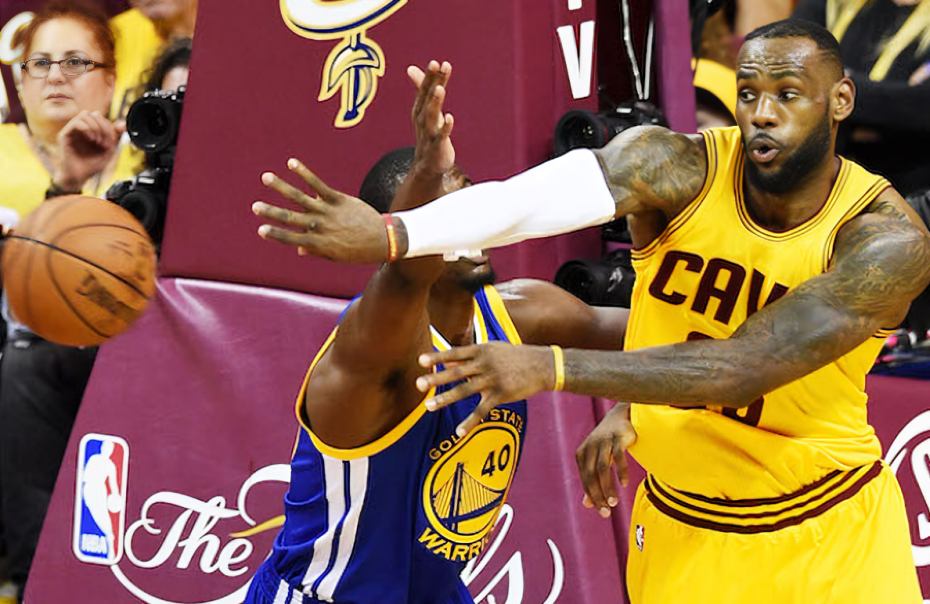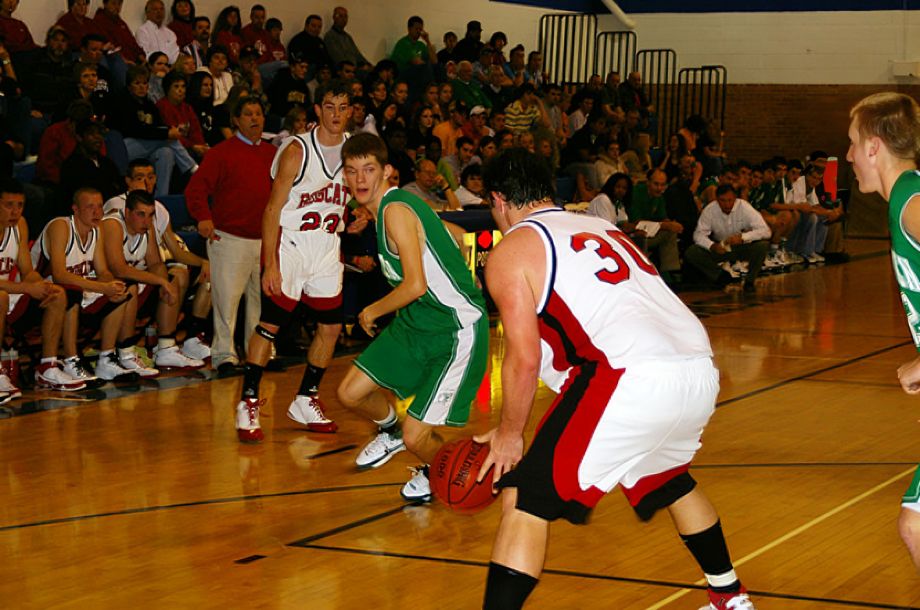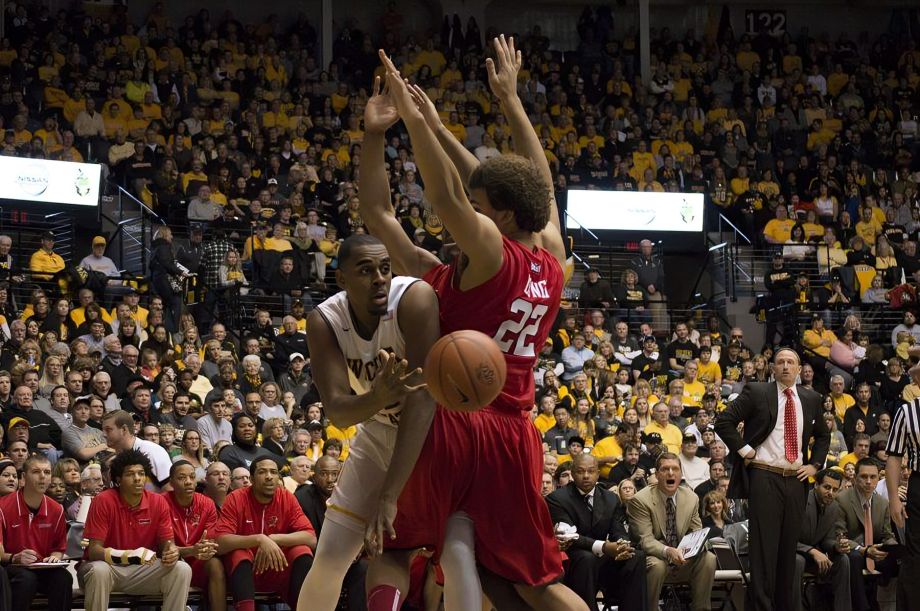Passing is a critical skill in basketball, yet it’s often under-emphasized. Coaches must instill both the technique and mentality of passing, teaching players to view it as an unselfish act rather than a last resort. For younger players, recognizing their physical and mental limitations is key to fostering effective passing. They may lack the strength or experience to make successful passes, often leading to misjudgments. Negative reinforcement can discourage them, potentially leading to a reluctance to pass in the future. It’s crucial to teach the value of passing and make it a positive aspect of the game.
Types of Passes
Air Pass: The pass travels between players without touching the floor.
Bounce Pass: The pass is aimed at the floor so it bounces to the receiver.
Basic Pass Variations:
- Chest Pass

- Grasp the ball with thumbs behind.
- Aim to throw to the receiver’s chest level for easier catching.
- Ensure a backspin for smooth motion.
- Bounce Pass

- Same motion as the chest pass, but aimed at the floor.
- Aim for the ball to bounce waist-high to the receiver.
- Use backspin to ensure accurate distance.
- Overhead Pass

- Used for outlet passes.
- Hold the ball above the forehead and aim for the receiver’s chin.
- Avoid bringing the ball behind the head to reduce the risk of interception.
- Wrap Around Pass

- Step around the defender with the non-pivot foot.
- Pass with one hand, either as an air or bounce pass.
- Commonly used for perimeter or post-entry passes.
Advanced Pass Variations:
- Baseball Pass
- A one-handed long-range pass using a baseball throw motion.
- Often used for quick, long passes, but care is needed to avoid injury, especially for younger players.
- Dribble Pass
- Pass made while dribbling with one hand.
- Can be either an air or bounce pass.
- Frequently used by players like Steve Nash for quick transitions.
- Behind-the-Back Pass
- The ball is passed by wrapping it around the back to avoid defenders.
- Used to pass to a trailing player or when passing across the front of the body is risky.
- Should be practiced extensively before use in games.
- Pick-and-Roll Pass
- Used during pick-and-roll situations to pass to the screener.
- Shield the ball from defenders while making the pass.
- Often thrown in a “hook shot” motion to protect the ball.
Key Teaching Points:
- A good pass is one a teammate can easily catch.
- Step toward the receiver when passing.
- When catching, step toward the pass.
- Always aim for a backspin on the ball by following through.
